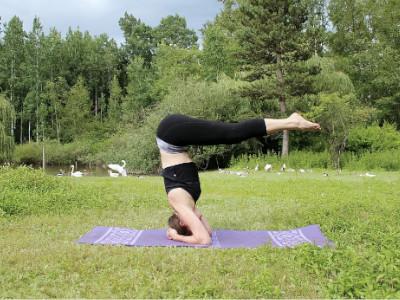
- Published on 27-Apr-2022
- 0 Likes
- 0 Comments
- 81 Times Read
Yoga, the Indian tradition that focuses on both the spiritual and physical awareness of the body, uses specific exercises and postures to help the individual achieve quietude and harmony. There are many different types of yoga postures, and many different types of yoga - including bhakti, jnana, karma, kundalini, laya, raja and hatha yoga, which is very popular in the West. Yoga is very self-contained, in the sense that it does not rely on expensive equipment to be able to do a mat and some comfortable clothing will usually be adequate for all types of yoga postures.
Yoga exercises requires that the person places themselves in various postures, or asanas, to strengthen and align the spinal column, thought to be the location of the chakras, or the bodys centers of energy. Different yoga postures are thought to tap in and release certain energy points in the body if done correctly. It is always advisable for the beginners that they do not strain their bodies to do too much at first; for the aim of yoga is not to be able to do all the postures, but to learn how to do the ones you can, correctly.
All yoga instructors teach how to ally the breathing to the physical movements, but some will spend more time than others on breathing exercises, rather than the yoga postures themselves. Many yoga instructors include some form of simple meditation in their lessons, and some will spend some of their time discussion the philosophy behind the discipline.
There are a few different yoga postures that are popular amongst the asanas, and include the eagle posture position, the seated spinal twist, and the tree posture. All of these exercises are fairly basic and require little strain on the body.
The eagle posture position relaxes the neck and shoulders while opening up the chest. The spinal twist helps to alleviate pressure in the mid and lower back, promoting relaxation and allowing the creative energy to flow. The tree posture focuses on achieving stability, strength and balance. All of the yoga postures require use of the breath to complement the stretches.
Aside from the benefits of a mentally and physically integrated approach to wellness, yoga is particularly effective because its fundamental teachings can be applied to all aspects of life. So, unlike setting aside an hour, separate and different, from the rest of the day to exercise, practicing the different yoga postures and techniques can become a way of life an integral part of a more holistic, balanced life.




0 Comments